Learn how to – How to develop a full-cycle mobile app: development stages.
With most of the world’s population having a mobile device of one sort or another, app creation can be quite lucrative. Because full-cycle mobile app development services can provide you with a new solution for your business, it can be a great source of a profit. Despite the wide range in variety in terms of development methods, the general process is the same according to Weelorum.
This process at its core is made of several steps that can be altered, but not entirely changed. The following is the key information that you need if you want to start the development of a mobile application. Without any further hesitation, let’s get into it.
Your project idea
It probably goes without saying that any project or invention irrespective of the field begins with a germ of an idea. Before getting your hands dirty in the entire app-building process, you need to have an idea of what you want to make.
From this point, you can apply every step and create your dream app. One could say that this is the unofficial first step in app development, but it’s just the build-up for the following steps:
Step 1: Research
With the idea in mind, you will have to cover as many bases as possible when it comes to creation. One thing you can do is look at the current market to see if your idea is actually viable. This research will tell you if it’s maybe not worth pursuing.
If the opposite is true and your idea is a good one, you can move on with it. You can then follow up by looking at the competition as well as established apps to see what they’re doing.
Aspects such as marketing, IT and general development concerning software, for example can also be looked at here. In short, this phase is not only for research, but overall planning.
Step 2: Put up goals to meet
As you move along, you may reach a point in which you are trying to see if it’s going well. You can move past this by putting forth certain goals that you are trying to hit as the launch approaches. The most common points of success during mobile app development include:
- Meeting customer needs
- Using the right features for the app and
- Finding your app’s primary USP
Ultimately the goal is to please the customers and this means finding the right features and functionality and that’s why you need to hire hybrid app developers so you can focus on all platforms and cover the majority markets. This is another layer of additional planning that comes before the more complex steps later on.
Step 3: Wireframing
This is unsurprisingly another bit of planning that goes into building an app. This phase basically requires that you lay out the entire structure of the app. From Its appearance to its additional feature and beyond, this planning is best done via storyboard.
Step 4: Finalizing backend
App-building generally means that you have to possess certain technology to ensure that common problems like scalability are addressed. During the storyboard phase, structures such as APIs and servers are always discussed as ways for the apps to have a base.
Step 5: Completing wireframes & initial prototype tests
With the initial planning phase over and done with, you can begin work on more practical elements. This will start with addressing issues found in all stages thus far as they can be storyboarded and corrected.
After this, you can build a sort of mock app just to see how your ideas are manifesting. With a prototype in hand you can also find more problems to fix and gauge its public response.
Step 6: Actual development
This is by far the most technical part of the entire process as it requires experts to build an app from the ground up. To do this effectively, you must gather all the necessary tools for the build.
These include everything concerning storage, servers, the best APIs and servers. It is worth noting that many of these backend tools can be provided by mobile providers if you aren’t developing them.
There will also have to be an emphasis on you following the rules of app stores to avoid rejection. This of course comes along with the setting up of developer accounts.There is also the issue of building a proper customer interface that customers can use without problems. This is done when the designer builds quality skins or high resolution wireframes.
Step 7: Product testing
Similar to the prototype stage, the now completed app is put through the ringer to see how it works before the launch. Every aspect of your app will have to at the very least meet expectations. If there are any mistakes, this is the time to address and fix them. The best way to test out all the features in real world scenarios is through focus groups. If not, UX testing is another way of gauging the app.
Step 8: Launching
Once you are sure that the app has hit all it’s marks, you can start work on launching it. There needs to be some preparation before the launch itself and this consists of figuring out the following:
- Branding
- Marketing
- App store discoverability
- User feedback
With these things sorted, you can move to the actual launch. This is initiated through marketing campaigns that lead up to the release. When customers begin downloading the app, you have to keep them engaged as well as spreading the word. The most common way of doing this is through special promotions and deals.
Final thoughts
From the above, we can see that building an app is not an easy feat. In fact, it usually takes teams of people to build a decent, functioning app. Despite this, the path towards the launching of any mobile app will always stay the same.
The trick will always be keeping current users invested and future customers excited. It is this maintenance of relevance that most app developers will struggle with. Fortunately there are some solutions available, but that is a discussion for another day.








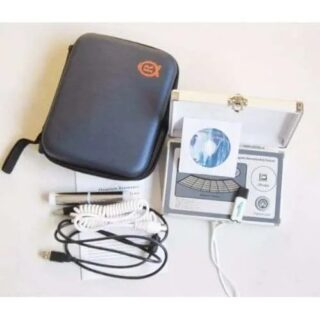
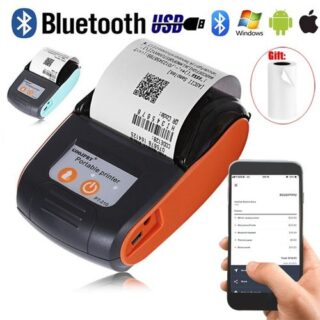
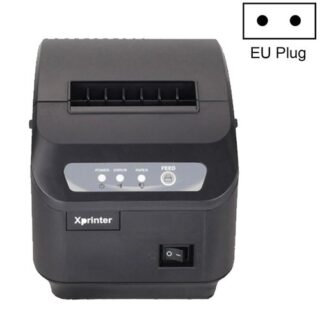

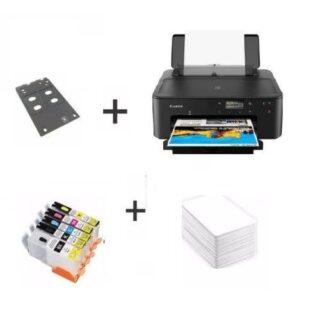







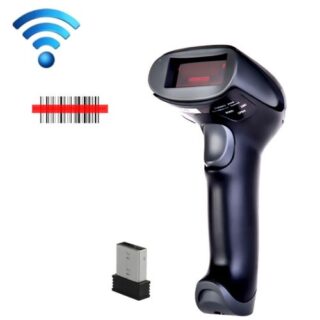


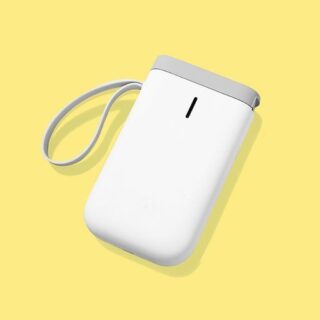

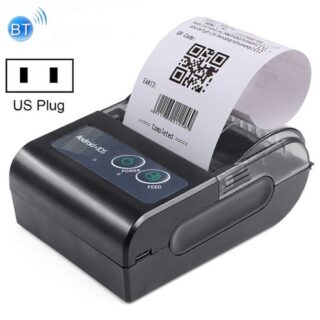





















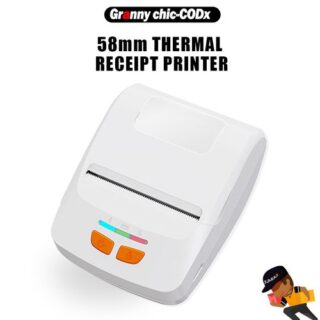

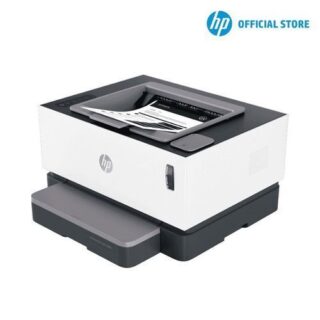









Leave a Reply
You must be logged in to post a comment.